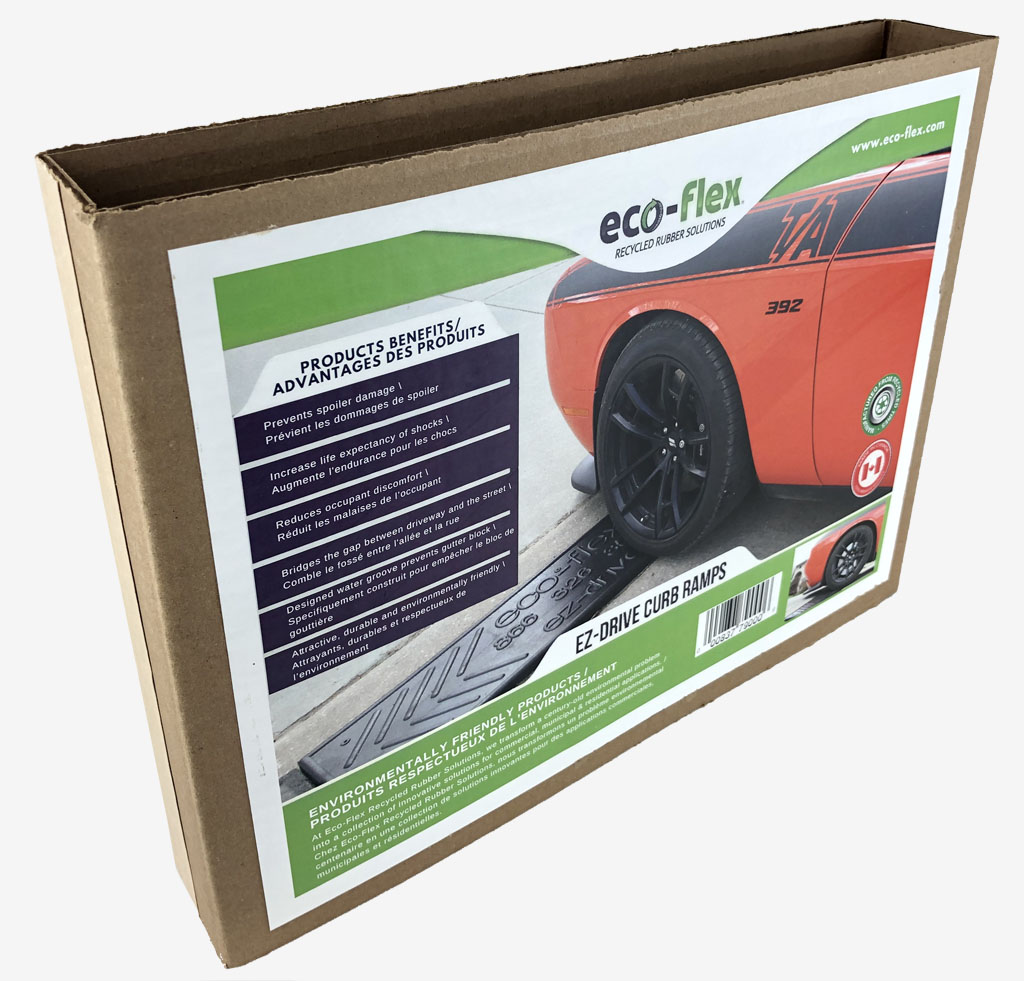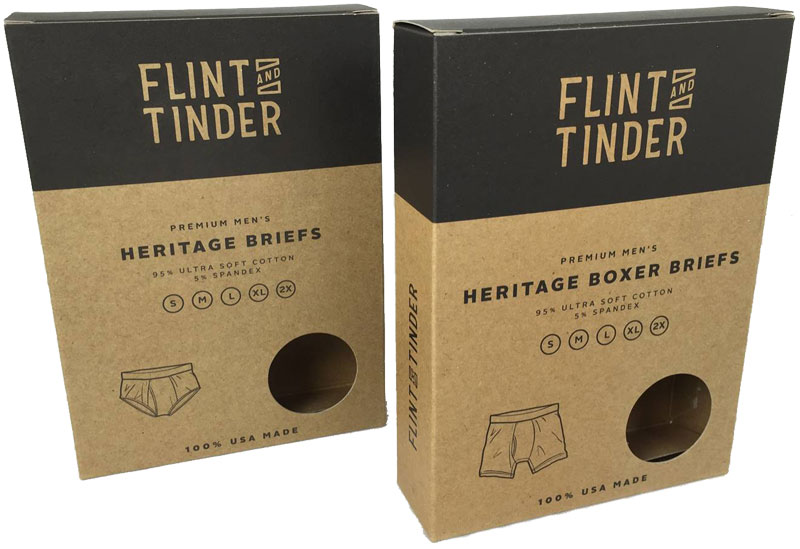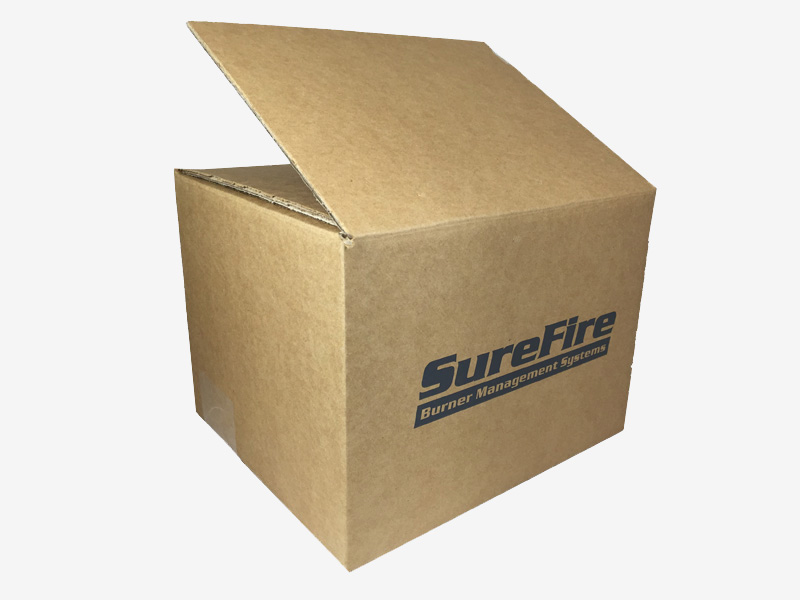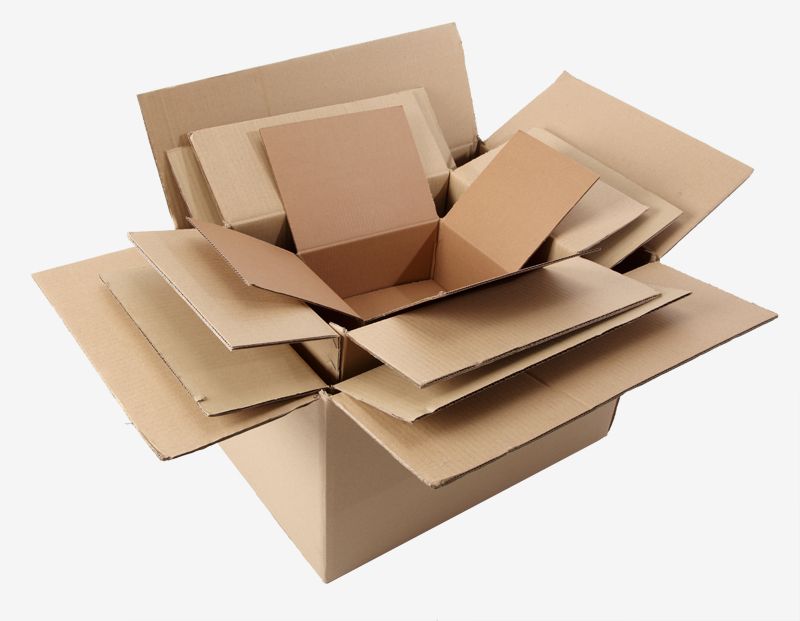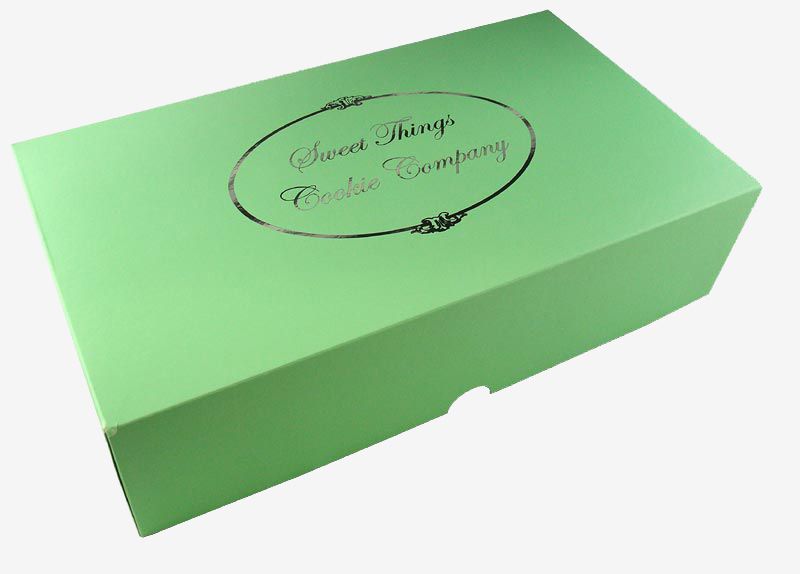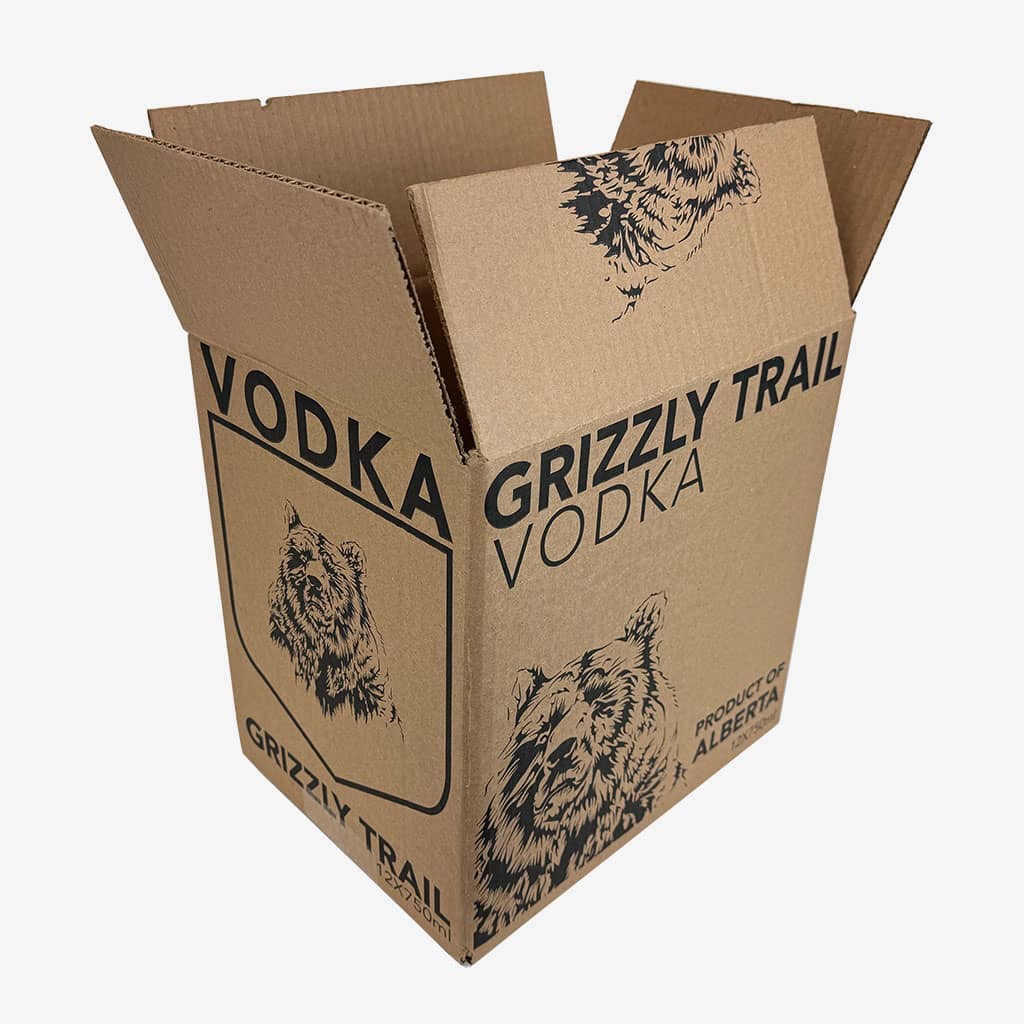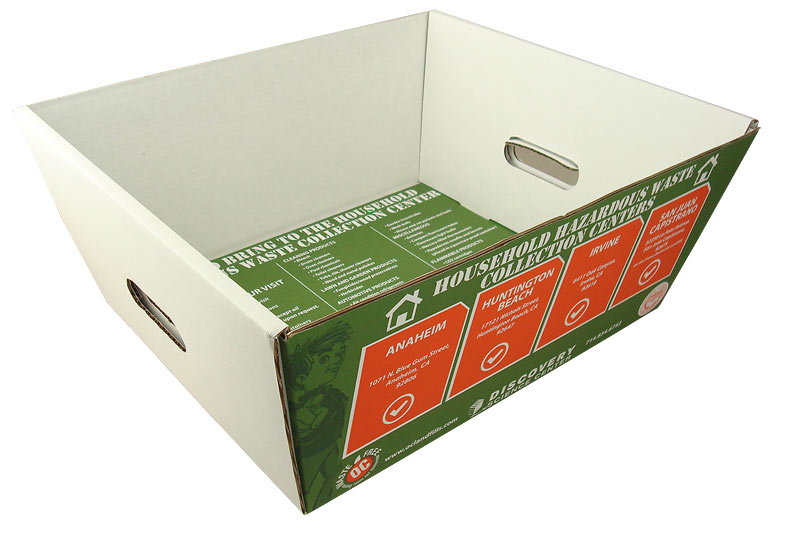
When it comes to storage, shipping, and product organization, cardboard remains one of the most dependable and versatile materials. By using high-quality cardboard stock and practical cardboard bins, businesses and individuals can streamline workflows. They can also help reduce clutter, and maintain order efficiently. Additionally, these solutions are cost-effective and environmentally friendly, making them ideal for any workspace.
Carbon Bin Structure
A cardboard bin is a box-style container. The corrugated or paperboard cardboard stock is sturdy. Unlike fully enclosed shipping boxes, these bins usually feature an open top or a cut-out front, allowing easy access to contents. Designed primarily for storage and organization rather than transport. Warehouses, retail backrooms, offices and homes use cardboard bins.
Key Features of Cardboard Bins
- Durable Cardboard Construction
Cardboard bins are strong, light and sturdy. This makes them capable of holding a variety of items without adding unnecessary weight or bulk. - Accessible Design
The defining feature of a cardboard bin is its accessibility. Open tops or slanted cut-out fronts allow users to quickly retrieve or store items. Cardboard bins are easy access. So, the next time you need to track your supply, consider a cardboard bin. If you need to stock inventory, a cardboard bin is convenient. Cardboard bins are great for organizing office supply. - Stackable and Modular. Many cardboard bins come in uniform dimensions, making them stackable or easy to fit into shelving units. This modular design maximizes storage space and keeps areas organized.
- Cost-Effective and Eco-Friendly. Made from recyclable cardboard stock, these bins are inexpensive to produce and purchase. Cardboard bins can be a temporary or semi-permanent storage solutions. When the task is complete, recycle the cardboard bins.
Versatile Uses for Carbon Bins
Cardboard bins adapt to many industries and purposes:
Warehousing and Inventory Management: Perfect for storing small to medium-sized parts, tools, fasteners, labels, or electronic components for easy access and efficient inventory control.
Retail Storage: Useful in backrooms for overstock items such as packaged snacks, cosmetics, accessories, or seasonal goods. Labels and open fronts speed up restocking.
Offices and Workstations: Ideal for organizing office supplies, including paper, files, folders, pens, and printer accessories. Lightweight construction allows for easy relocation and workspace adjustment.
With their durability, accessibility, and versatility, cardboard bins from quality cardboard stock make organizing spaces simple, efficient, and professional.
Cactus Containers, located in San Marcos, California, also offers cardboard bins for your convenience.



